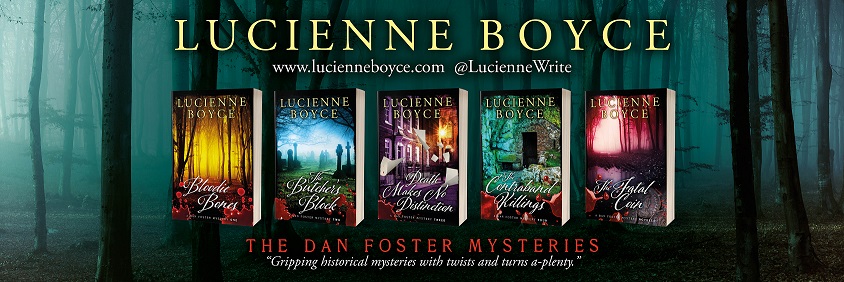This week, 26 April to 2 May 2021, To The Fair Land is on a blog tour, covering twenty one blogs in seven days with a mix of articles, author q and as, extracts and reviews.
You can follow the tour here:-
26 April 2021
Quirky Book Reads - Review
Kellyschuknecht.com - Meet the Author
Proud Book Reviews - Review
27 April 2021
Satisfaction for Insatiable Readers - Excerpt
Cup of Toast - Interview
33 South Textworks - Review
28 April 2021
Chez Maximka - Review
B for BookReview - Author Q and A
Everywhere & Nowhere - Excerpt
29 April 2021
What Cathy Read Next - Review
Historical Fiction With Spirit - Guest Blog - The Burney Family and To The Fair Land
The Story Scribbler - Review (Instagram)
30 April 2021
Northern Reader - Review
The Magic of Wor(l)ds - Q and A
@theb00kreader - Instagram
1 May 2021
Rev Rebecca Writes: Eat, Write, Pray - Review
Jess Bookish Life - Review
Bibliostatic
Bookwormsina - Review (Instagram)
Ceri's Little Blog - Review
DonnasBookBlog - Q and A
Thank you to all the bloggers and Instagrammers who took part!


Comments
Post a Comment